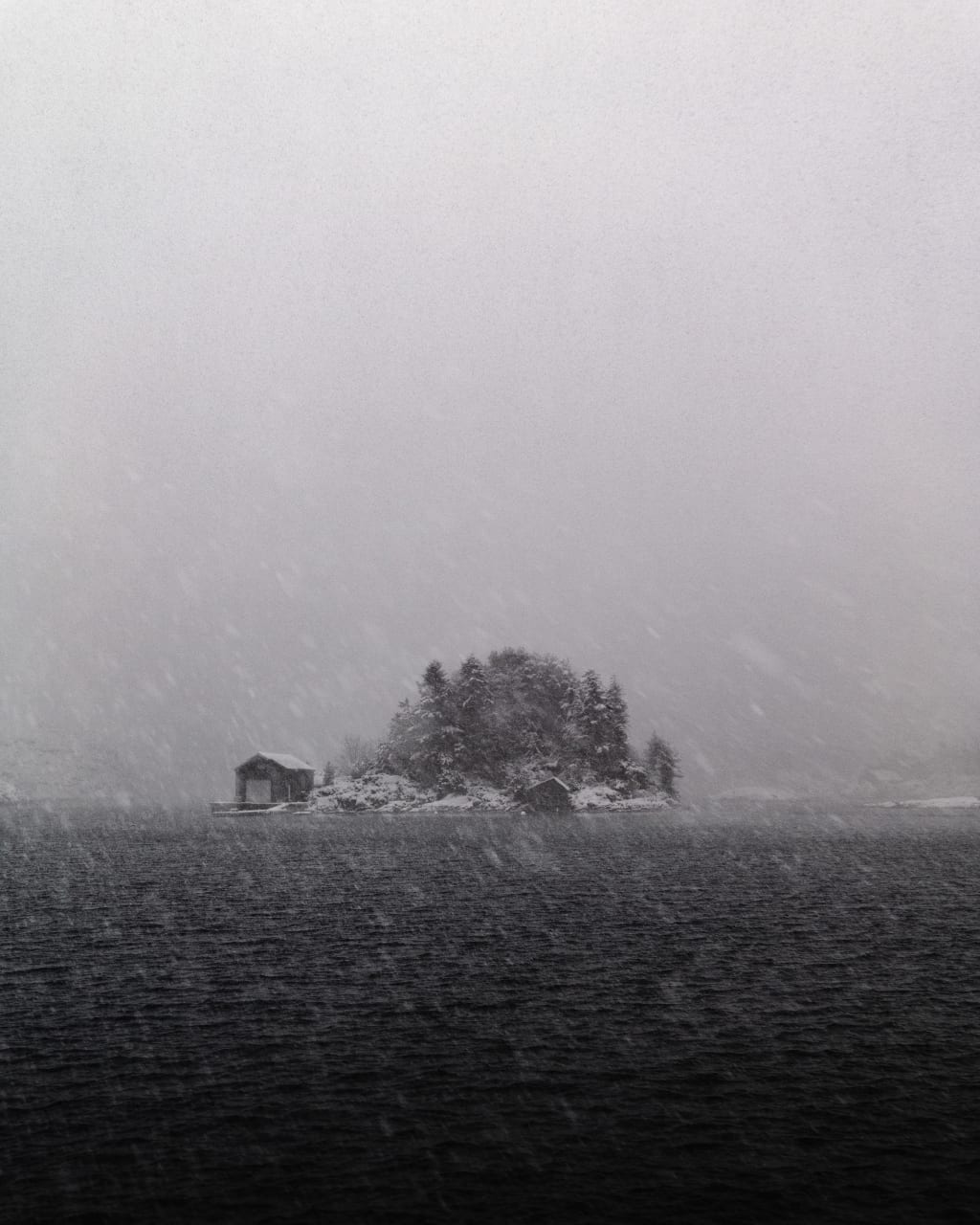WINTER STORM PREP; ARE YOU READY?
Learn how to prepare yourself against the harshest elements!

Regardless of where they live, nearly everyone is likely to face some severe winter weather at some point in their lives. Winter storms can range from moderate snow over a few hours to a blinding blizzard with powerful winds and drifting snow or sleet and ice. Travel could be extremely hazardous or nearly impossible. Power outages could last for days or even a week. Winter storms can have the ability to knock out heat, power, and communications to your home, sometimes for several days. Heavy snowfall, ice, and extreme cold can paralyze an entire region. You could be trapped for many days without access to food stores or water.
The National Weather Service refers to winter storms as the “Deceptive Killers.” Many people die in traffic accidents on icy roads and hypothermia from prolonged exposure to cold. It is important to be prepared for winter weather before it arrives. Water is an essential element to survival and a necessary item in an emergency supplies kit. You can survive for nearly 30 days without food, but only three days without water.
During a power outage, well pumps will not be functional, and low temperatures could freeze water pipes. Your regular water supply could be cut off entirely. Prepare yourself by building a supply of water that will meet your family’s needs during an emergency.
How Much Water Do I Need?
You should store at least one gallon of water per person per day. A normally active person needs at least one gallon of water daily just for drinking; however individual needs vary, depending on age, physical condition, activity, diet, and climate.
Preparing Your Own Containers of Water
It is recommended you purchase food-grade water storage containers from surplus or camping supplies stores to use for water storage.
Before filling with water, thoroughly clean the containers.
If you choose to use your own storage containers, choose two-liter plastic soft drink bottles — not plastic jugs or cardboard containers that have had milk or fruit juice in them. Milk protein and fruit sugars cannot be adequately removed from these containers and provide an environment for bacterial growth when water is stored in them. Cardboard containers also leak easily and are not designed for long-term storage of liquids. Also, do not use glass containers because they can break and are heavy.
Water Purification & Filtration
If water supplies run out and it becomes necessary to obtain water from nearby waterways, etc., water purification and filtration are essential to avoid waterborne disease caused by bacteria, viruses, protozoa, and hazardous chemicals. There are many affordable and portable water filtration devices available for purchase. According to the CDC, A filter with a pore size below one micron works best for bacteria, viruses, and protozoa like giardia and cryptosporidium. Water purification or disinfection solutions and tablets can be purchased for your emergency water survival kit. When shopping for water purification or disinfection products, keep in mind that many of these products have a short shelf life once opened; and most are not intended for extended use because of their toxic nature. Many of these products are not recommended for use by immune-compromised individuals, pregnant and lactating women, or babies.
Basic Disaster Supplies Kit
A basic emergency supply kit could include the following recommended items:
- Water, one gallon of water per person per day for at least three days, for drinking and sanitation
- Food, at least a three-day supply of non-perishable food
- Battery-powered or hand-crank radio and an NOAA Weather Radio with tone alert and extra batteries for both
- Flashlight and extra batteries
- Whistle to signal for help
- Moist towelettes, garbage bags, and plastic ties for personal sanitation
- Wrench or pliers to turn off utilities
- Manual can opener for food Local maps Cell phone with chargers, inverter or solar charger
To learn more about taking clean water with you everywhere you go, click here!





Comments
There are no comments for this story
Be the first to respond and start the conversation.